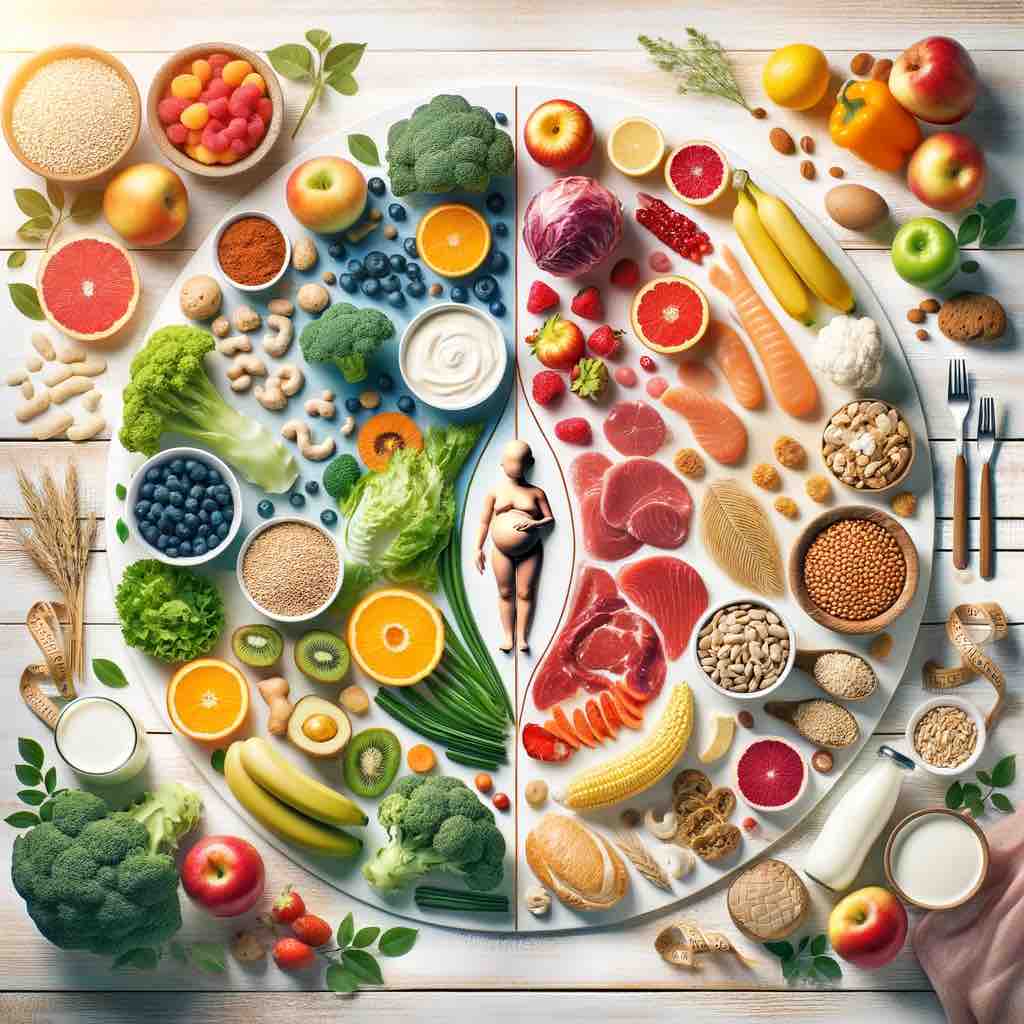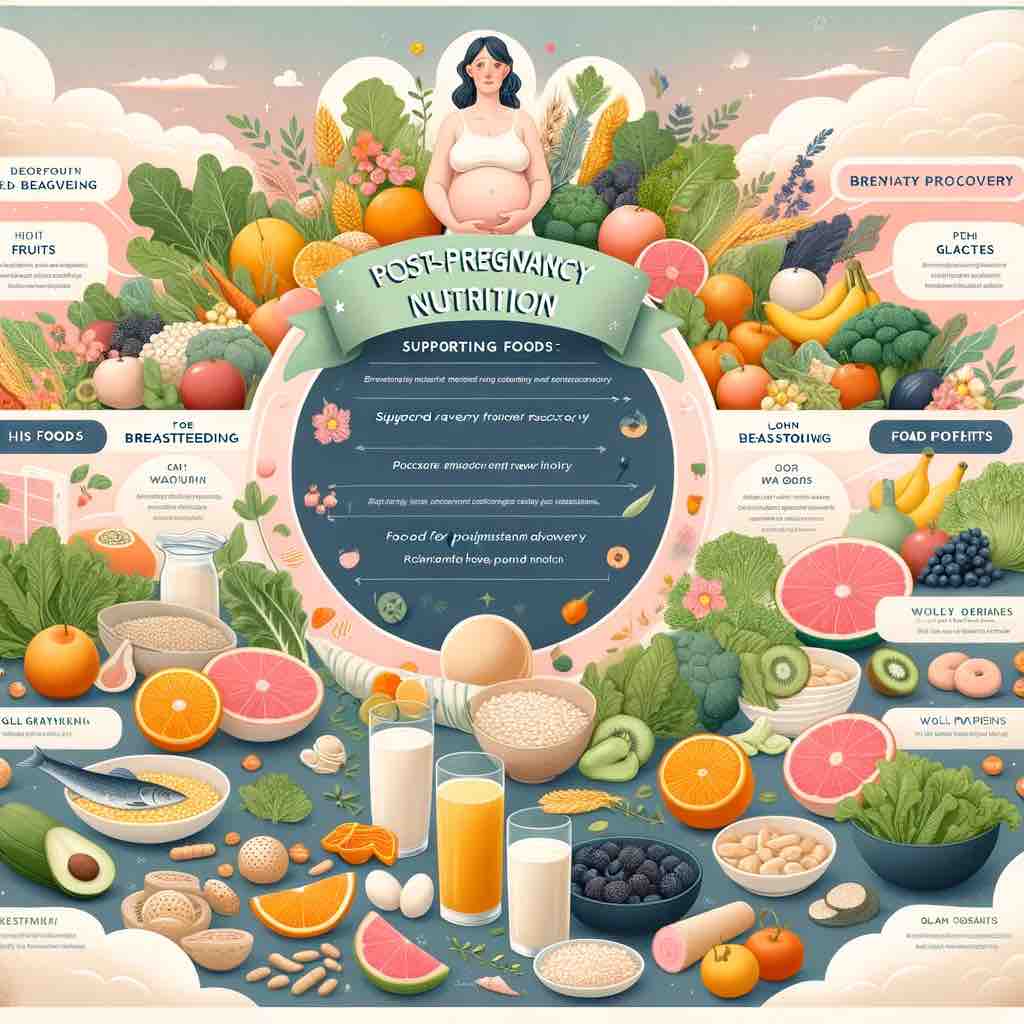
Welcome, new moms and those soon to embark on the most beautiful journey of motherhood! As you step into this new phase, nutrition becomes more crucial than ever, both for you and your little one. This is where millets come in, not just as a food but as a holistic nourishment ally for post-delivery and breastfeeding.
The Millet Magic Post-Delivery
Why Millets?
Millets are not just grains; they are tiny bundles of nutrition that offer incredible benefits for post-delivery recovery and breastfeeding.
1. Nutritional Powerhouse:
After childbirth, your body needs a variety of nutrients to heal and regain strength. Millets are laden with iron, calcium, magnesium, and essential vitamins. Iron replenishes what you might have lost during childbirth, aiding in the production of red blood cells and preventing anemia. Calcium is vital for bone health, especially when breastfeeding, and magnesium contributes to muscle and nerve function.
2. Fiber-Rich Relief:
Digestive issues post-delivery? Millets have your back! Their high fiber content eases digestion and keeps constipation at bay. This same fiber also aids in weight management, which can be a concern for many in the postpartum period.
3. Lactation’s Little Helper:
Millets are known for supporting breast milk production. Rich in nutrients, they ensure your milk is just as rich for your newborn.
4. Energizing Essence:
Coping with a newborn can be exhausting. The carbohydrates in millets provide long-lasting energy, helping you keep up with your baby’s demands.
5. Gluten-Free Goodness:
With rising cases of gluten intolerance, millets offer a safe haven as they are naturally gluten-free. This makes them a perfect fit for sensitive digestive systems post-delivery.
Crafting Your Millet-Based Diet
A. Millet Meals Throughout Your Day:
1. Breakfast with Millets:
Begin your day with a nutritious bowl of millet porridge. Add fruits, nuts, or a hint of natural sweeteners like honey or jaggery for a flavor boost.
2. Millet-Based Lunch and Dinners:
Explore millet-based dishes like pilafs, soups, and khichdis. These meals are not just nourishing but also offer a variety of tastes and textures.
3. Snacking Right:
For your between-meal hunger pangs, opt for millet crackers, muffins, or granola bars. These are not just healthy but also super satisfying.
4. Millet Desserts:
Yes, you can enjoy desserts too! Millet puddings and sweet porridges can be your guilt-free indulgence.
5. Millet Beverages:
How about a refreshing millet-based smoothie or a traditional drink like ragi malt? They are both delicious and nutritious.
Making Millets Work for You
1. Diversity in Your Bowl:
There’s a variety of millets – foxtail, pearl, finger, proso, barnyard, and more. Each comes with its unique taste and nutritional profile, so explore and find your favorites.
2. Easy on the Tummy:
Post-delivery, your digestive system might be sensitive. Millets, being easily digestible and non-allergenic, are gentle on your stomach.
3. Sprouted Millets – The Nutrient Boost:
Sprouting millets can increase their nutritional value and make them easier to digest. Sprouted millet flour can be used in a variety of recipes.
Embracing Millets in Motherhood
Millets are more than just a dietary choice; they are a lifestyle choice for new mothers looking to nourish themselves and their babies optimally. They are sustainable, safe, and loaded with health benefits. Start with small portions, listen to your body’s response, and gradually make them a staple in your diet.
In Conclusion:
As you navigate through the challenges and joys of post-delivery and breastfeeding, let millets be your nutritional companion. They are not just grains; they are a symbol of motherly care, nurturing you as you nurture your new life. Embrace millets, embrace a healthier, happier motherhood! 🌾🤱👶💕
10 FAQs About Including Millets in the Diet for Post-Delivery and Breastfeeding Mothers
- Are millets safe to eat during breastfeeding? Yes, millets are safe and beneficial during breastfeeding. They are known to enhance milk production and are packed with essential nutrients vital for both mother and baby.
- What are the specific benefits of millets for post-delivery mothers? Millets are rich in iron, calcium, and magnesium, which help replenish nutrients lost during childbirth. They also aid in digestion, help manage weight, and provide sustained energy levels.
- Can millets help with postpartum weight loss? Millets can aid in postpartum weight management due to their high fiber content, which promotes a feeling of fullness and helps in controlling calorie intake.
- How do millets benefit a breastfeeding baby? The nutrients in millets, consumed by the mother, get passed to the baby through breast milk. These nutrients are essential for the baby’s growth and development.
- What are some easy ways to include millets in my diet? Millets can be easily included in your diet through porridges, pilafs, soups, and even baked goods like muffins and crackers.
- Are millets easy to digest for post-delivery mothers? Yes, millets are generally easy to digest, making them an excellent choice for mothers recovering from childbirth.
- How soon after delivery can I start eating millets? You can start eating millets as soon as you feel comfortable after delivery. However, if you have any specific dietary restrictions or health concerns, consult your healthcare provider first.
- Can millets help in increasing the quality of breast milk? While millets can help increase the quantity of breast milk due to their nutritional profile, the overall quality of breast milk is determined by a variety of factors, including the mother’s overall diet and health.
- Are there any side effects of consuming millets post-delivery? Millets are generally safe with no major side effects. However, overconsumption might lead to digestive issues in some individuals. As with any dietary change, moderation is key.
- Which types of millets are best for post-delivery and breastfeeding mothers? Different types of millets like pearl, finger, foxtail, and barnyard millet are all beneficial. Each type has unique nutritional benefits, so including a variety in your diet can be advantageous.












